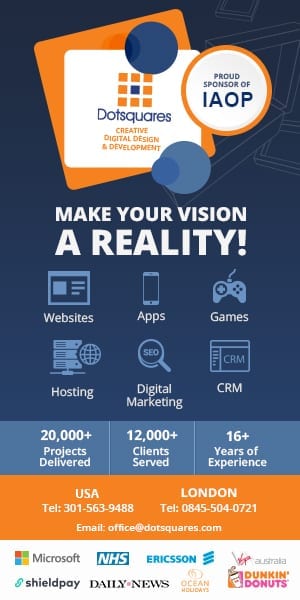NEARSHORE PROVIDERS DELIVER AGILITY IN THE AGE OF DIGITAL TRANSFORMATION
Knowledge Center
By: Marcos Jimenez, CEO, Softtek U.S. and Canada
Service Providers Must Reinvent Themselves to More Closely Align with Customer Needs
Today, digital technology, intelligent automation tools and evolving business needs are making geography increasingly irrelevant to sourcing decisions. For one thing, in a maturing market, virtually any global player can now claim a nearshore presence. Moreover, customers today don’t particularly care where work is done, or whether it’s done by people or by robots. Instead, the focus is on providers who can address business needs with flexibility and agility, and who can effectively implement cloud-based solutions, develop mobile applications and drive customer insight from data analytics.
But while geography per se is less important, the nearshoring model is in some ways better aligned to the changing needs of today’s marketplace. Consider, for example, the impact of Robotic Process Automation (RPA), Artificial Intelligence (AI) and cognitive technologies on sourcing strategies. RPA bots execute complex but clearly defined, rules-based tasks far more accurately, much faster and dramatically cheaper than their human counterparts. This has fundamentally undermined the competitive advantage of labor arbitrage – which is based on deploying large teams of highly skilled, well-trained workers who command relatively low wages. In other words, regardless of how efficient, skilled or cost-effective offshore teams may be, they simply can’t compete against bots.
The rigid structure of the labor arbitrage model and the reality of geographical distance make offshoring ill-suited to Agile development.
The dynamics of RPA put enormous pressure on all outsourcing providers to offer their customers the benefits of automation. Offshore providers, however, must fundamentally redefine entrenched business models, as well as reskill and redeploy hundreds of thousands of employees. And they must do so quickly because clients are increasingly clamoring for benefits from RPA and intelligent automation. This, in turn, poses a serious dilemma for incumbents with large, labor-based deals in place: Should they implement RPA and thereby cannibalize a significant stream of revenue and render large numbers of staff unbillable? Or should they risk losing the client altogether to the aggressive competitors knocking on the customer’s door?
Nearshore Opportunities
By contrast, smaller nearshore firms have never deployed labor arbitrage and can be more nimble in adopting automation tools to efficiently expand scale and increase productivity. Rather than struggling to utilize large teams in an economically viable way, they can focus on leveraging technology to drive real transformation in the service delivery model. For example, automation and machine learning can improve incident resolution rates – a standard indicator of provider performance in a labor arbitrage model.
However, the larger opportunity lies in redefining how operations are managed. An outcome-based model supported by automation and cognitive tools can enable a “zero defect” approach that treats every incident or problem as a defect that must be analyzed and fixed so that it doesn’t occur again. This creates a mindset of eliminating problems, rather than simply resolving them efficiently. Unencumbered by the legacy of labor arbitrage, nearshore firms face fewer obstacles in taking this type of clean slate approach that expands the range of possibilities.
Business Requirements Evolve
Changing business requirements are also transforming the competitive landscape. For years, customers demanded efficient delivery of clearly defined services. RFPs precisely specified requirements and expectations. Basically, customers told providers exactly what they needed and providers competed to see who could deliver at the lowest cost while still making a profit. Labor arbitrage is ideally suited to this model and can leverage economies of scale and people-based processes to deliver to the client’s specifications. Today, however, rather than dictating requirements, customers are increasingly taking an open-ended approach. Rather than asking, “How would you deliver A, B and C?,” they’re asking “How would you use digital technology to help our business?”
Another imperative is faster time-to-market and the ability to quickly launch applications that align with ever-evolving customer demands. As a result, Agile methodologies – which require constant communication and collaboration between business and technical teams, rapid release and feedback – are becoming increasingly popular. The rigid structure of the labor arbitrage model and the reality of geographical distance make offshoring ill-suited to Agile development. Meanwhile, the competitive advantage of nearshoring historically has been agility – both in the literal sense of responsiveness to customer demands, as well as in the technical sense of Agile development methodologies.
In today’s rapidly evolving marketplace, all service providers must reinvent themselves to more closely align with customer needs. It’s a complex task that involves a wide range of factors. The impact of a firm’s legacy in terms of culture and business model can’t be ignored.

About the Author: Marcos Jimenez was appointed CEO for Softtek U.S. and Canada in 2011. He joined the company in 1992 and also was a partner in the banking business unit who opened Softtek Peru and served as CEO for Softtek Spain and the U.K. He holds a B.A. in Electronic Engineering from Universidad Autónoma Metropolitana.





